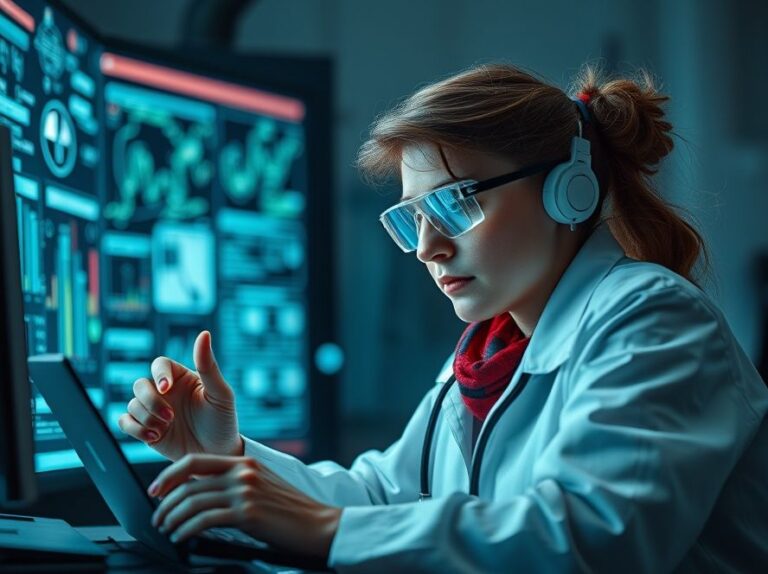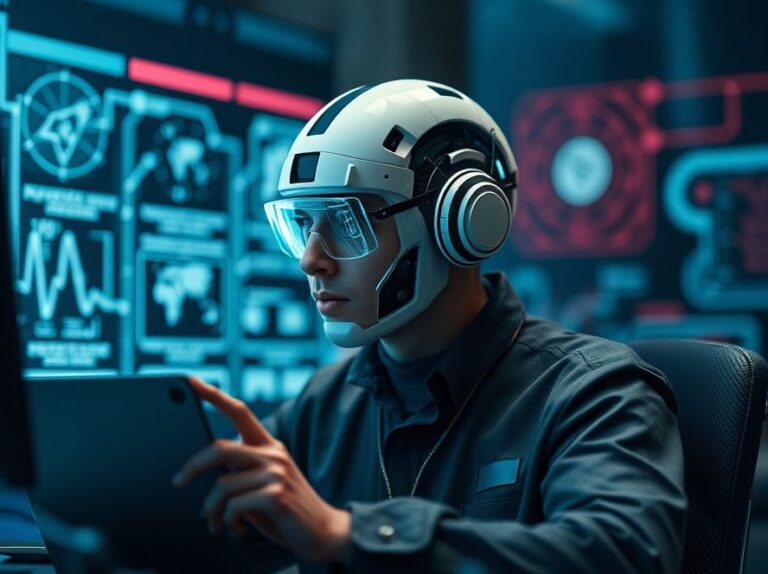Understanding Speech Recognition: A Comprehensive Glossary
Speech Recognition refers to the technological capability that enables computers and devices to identify and process human speech. This technology translates spoken language into text, allowing for hands-free operation and interaction with devices.
The Importance of Speech Recognition in Modern Technology
As we immerse ourselves in a digital age driven by artificial intelligence, Speech Recognition plays a pivotal role. It enhances accessibility, allowing users with disabilities to interact more freely with technology. Furthermore, it streamlines operations in various industries, such as healthcare, customer service, and automotive, by enabling voice commands and dictation.
How Does Speech Recognition Work?
To understand Speech Recognition, let’s break down its working components:
- Acoustic Model: This model analyzes the audio signal and represents the relationship between phonetic units and audio signals.
- Linguistic Model: It uses statistical language processing to predict the likelihood of a given sequence of words.
- Decoder: The decoder combines the acoustic and linguistic models to interpret the audio and produce text output.
For example, when you speak into your smartphone, the device captures your voice, processes the sound waves, and uses algorithms to convert them into text.
Applications of Speech Recognition in Real Life
Speech Recognition technology is widely used across various domains:
- Voice Assistants: Devices like Amazon Alexa and Google Assistant utilize speech recognition to respond to user commands.
- Healthcare: Physicians use speech-to-text software to transcribe patient notes efficiently.
- Customer Service: Businesses employ automated voice systems to handle customer inquiries, enhancing service efficiency.
- Automobiles: In-car systems allow drivers to control navigation and entertainment systems using voice commands.
These applications demonstrate how Speech Recognition integrates seamlessly into daily life, making technology more user-friendly.
Integrating Speech Recognition into Your Projects
For programmers and server administrators, incorporating Speech Recognition into applications can enhance user experience. Here’s how to get started:
- Select a Speech Recognition API: Options like Google Cloud Speech-to-Text or Microsoft Azure Speech are robust choices.
- Set Up Your Environment: Make sure your development environment supports the chosen API. For instance, Python developers can utilize libraries like SpeechRecognition.
- Implement Basic Functionality: Start by capturing audio input and processing it through the API to convert speech into text.
- Enhance with Features: Consider adding functionalities such as voice commands or real-time transcription to make your application more interactive.
By following these steps, you can effectively integrate Speech Recognition into your software solutions, enhancing user engagement and accessibility.
Challenges and Considerations in Speech Recognition
While Speech Recognition technology offers numerous benefits, it also faces challenges:
- Accents and Dialects: Variations in pronunciation can affect recognition accuracy.
- Background Noise: Environments with significant noise can interfere with speech clarity.
- Privacy Concerns: Users may hesitate to use voice recognition due to fears of data misuse.
Addressing these challenges is crucial for developers to create effective and user-friendly systems.
Related Concepts in Speech Recognition
Understanding Speech Recognition also involves exploring related technologies:
- Natural Language Processing (NLP): This field focuses on the interaction between computers and human language, enhancing the capabilities of speech recognition systems.
- Machine Learning: Algorithms that improve recognition accuracy through training on vast amounts of voice data.
- Text-to-Speech (TTS): A complementary technology that converts text back into spoken words, useful in applications where feedback is required.
By exploring these related concepts, developers can gain a holistic view of how speech technologies can be leveraged effectively.
Conclusion: The Future of Speech Recognition
The landscape of Speech Recognition is continually evolving, with advancements in AI and machine learning driving improvements in accuracy and usability. As programmers and server administrators, embracing these technologies will not only enhance your projects but also contribute to a more accessible digital world. Consider integrating speech recognition into your applications to harness its potential and provide users with valuable, hands-free experiences.
As you reflect on these insights, think about how you can implement Speech Recognition in your current projects. The possibilities are vast, and the impact on user experience can be profound.









